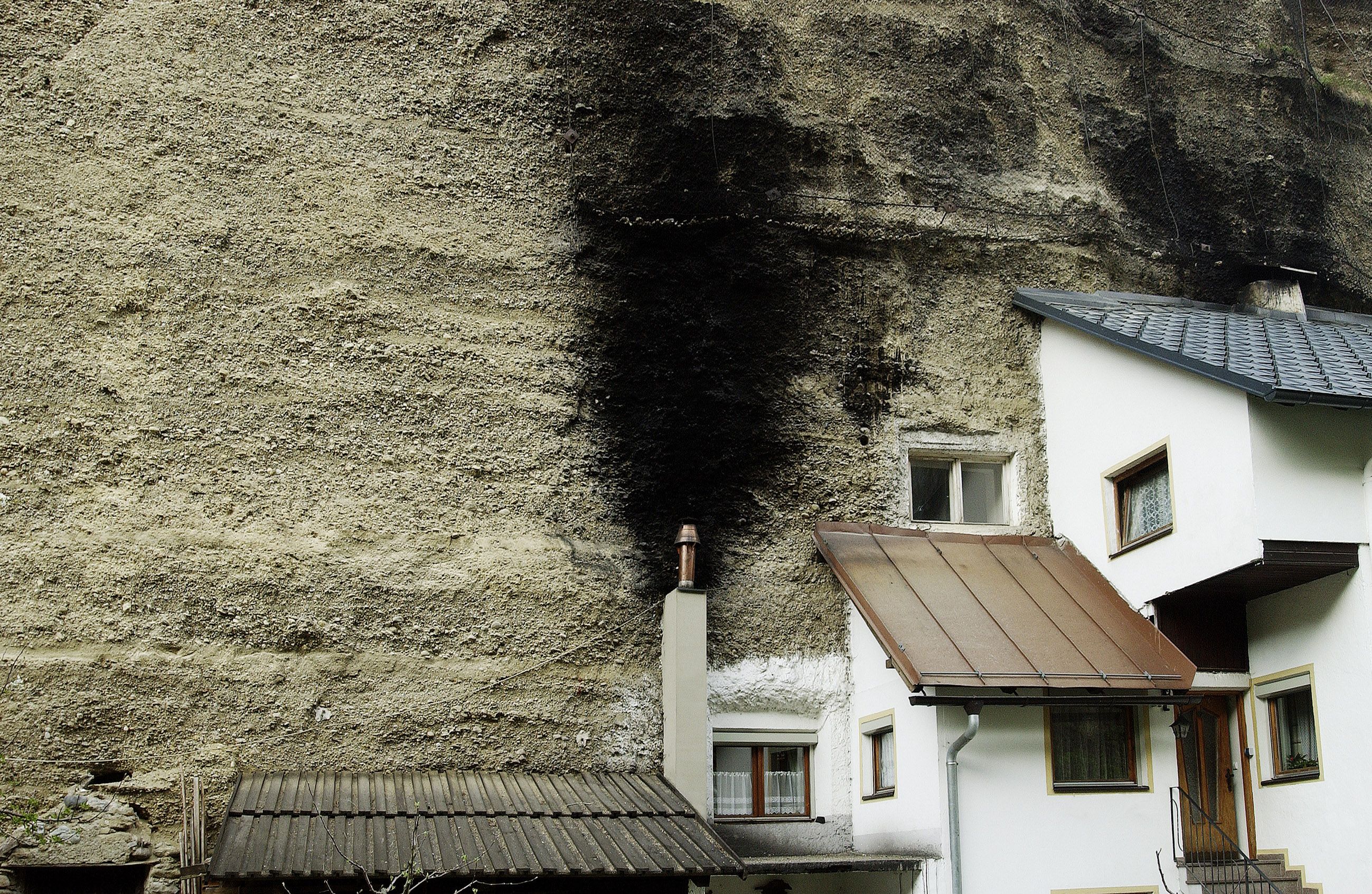
The mighty Triumphal Gate at the southern end of Maria-Theresien-Straße in Innsbruck is impossible to miss. On closer inspection, you will realise that there is a happy and a sad side to it. The gate was built in 1765 to mark the marriage of the Spanish Princess Maria Ludovica to Archduke Leopold, the second son of the Austrian Empress Maria Theresa. The southern side of the gate is dedicated to this union and shows the wedding couple. The sudden death of the empress's husband during the wedding celebrations greatly dampened the joyous occasion. The north side of the gate was therefore decorated with mourning motifs in memory of the emperor.
The fact that chamois feel very much at home in Tyrol is proven by their numbers. Around 63,000 live in the mountains of Tyrol. A caravan of all Tyrolean chamois would stretch from Innsbruck to at least Kufstein. And if there were a town with Tyrolean chamois, it would be as big as the German town of Rosenheim in terms of population. However, the nimble climbers would never feel as at home there as they do in the mountains; the Tyrolean mountains are their ideal habitat. Chamois are very shy, but also curious, which is why you can always spot some of them while hiking.
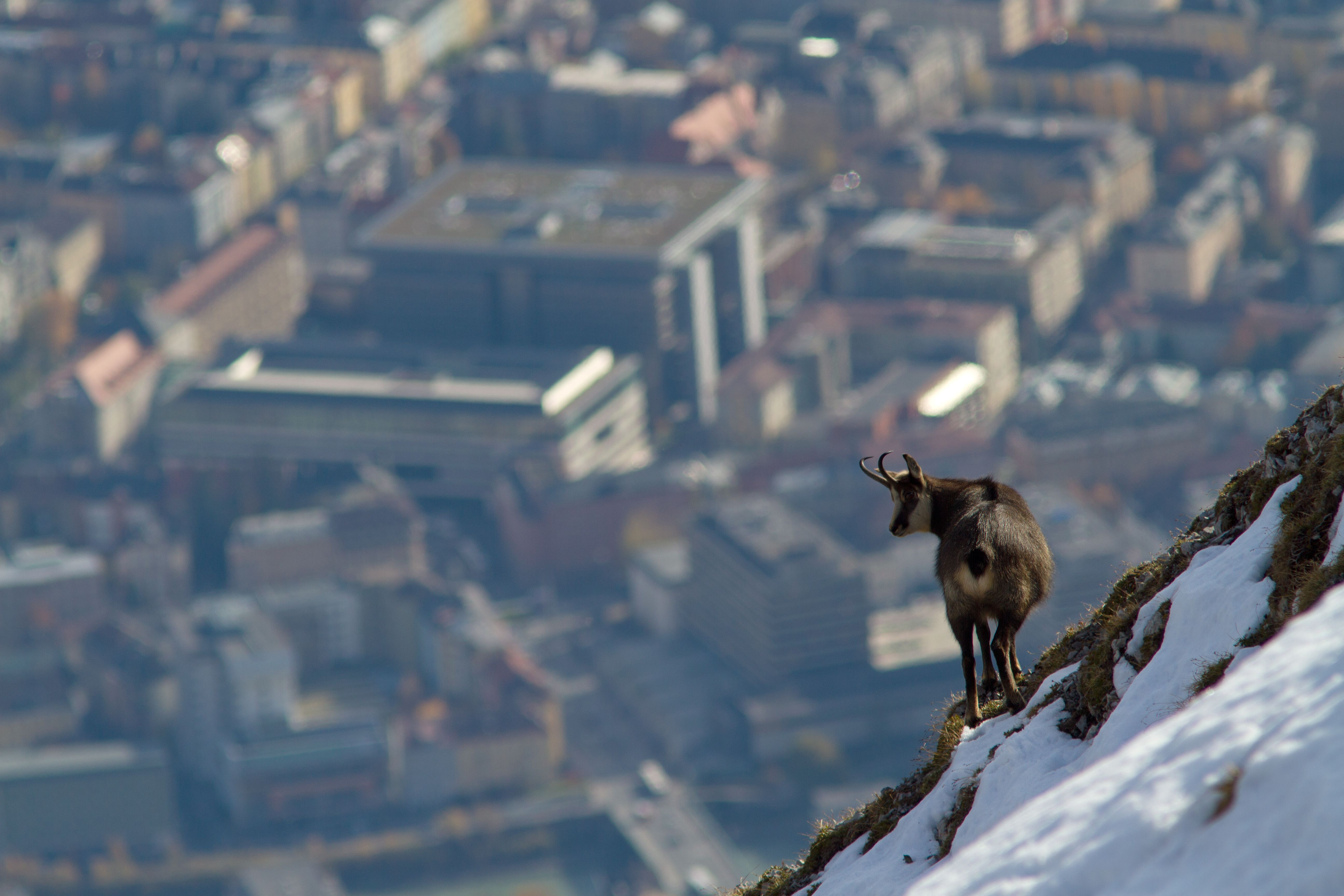
You might think so, because the name of this mountain village in the Lechtal Alps is actually "Namlos". This place name is presumably derived from the former coloniser "Amel". The small village has less than 100 inhabitants, but an independent volunteer fire brigade, a mountain rescue service, some accommodation facilities and a band. The landscape in which the village is nestled is extremely attractive and has a lot to offer for those seeking relaxation and sporting activities.
In the centre of Santa Catarina, one of Brazil's federal states, there are Tyrolean-style houses. People yodel, speak Tyrolean and wear traditional Tyrolean costumes on special occasions. In 1933, the former Austrian Minister of Agriculture Andreas Thaler from Wildschönau founded the village of "Dreizehnlinden" in the Brazilian jungle with other emigrants. After many years of hard labour and hardship, "Treze Tilias", as the village is called in Portuguese, developed into an up-and-coming tourist resort. Its approximately 8,000 inhabitants have largely preserved their Tyrolean traditions to this day. The Schuhplattler group "Lindenthal" is known throughout Brazil. Thirteen Linden is economically important, especially for the second largest dairy in Brazil with the well-known name "Tirol Milch".

You take three steps and you have already walked past it without noticing it. This happens often, as the narrowest house in Innsbruck is only 211 cm wide and correspondingly inconspicuous. Until the end of the 19th century, this square was a passageway to a former cemetery behind it.
Pedestrian traffic lights don't have to be boring. In Bremen, the Bremen Town Musicians light up, in Mainz the Mainzelmännchen regulate traffic and there is hardly anyone who doesn't know the famous Berlin Ampelmännchen. Since the International Children's Games in 2016, there have also been unusually decorated pedestrian lights at some junctions in Innsbruck. Snowboarders, skiers, skateboarders and hikers remind pedestrians that there are other ways to get around in Tyrol when you're not at a crossroads in the city.
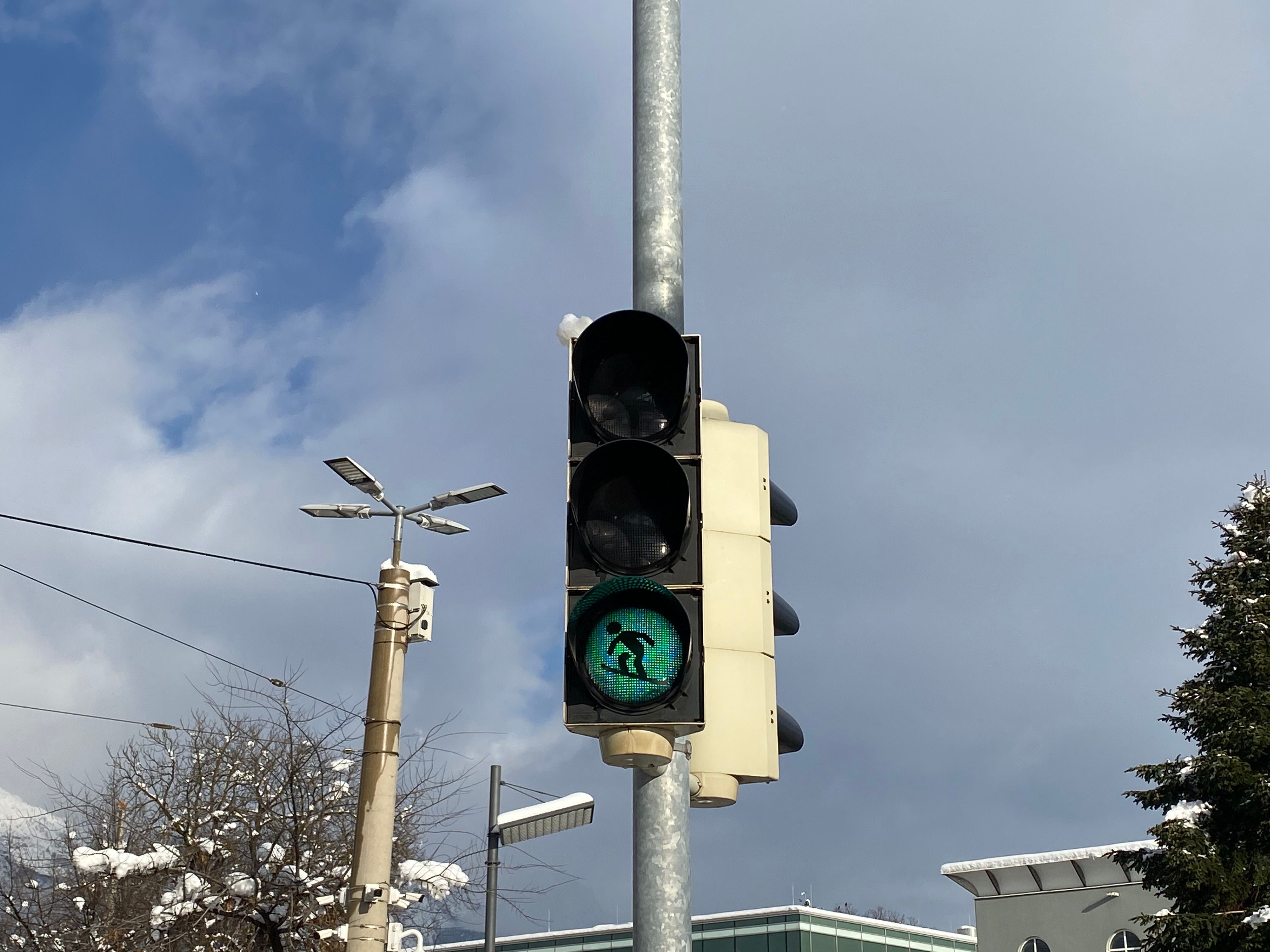
With just under 440 inhabitants and an area of 0.11 km², Rattenberg is the smallest town in Austria. This corresponds roughly to the area of the Hofgarten in Innsbruck. Rattenberg is only slightly larger than the railway station in Leipzig. A castle ruin towers above Rattenberg, where cultural events take place in summer. In winter, the small town enchants its visitors with an Advent market that takes place entirely without artificial light. Rattenberg is a listed building due to its excellently preserved medieval buildings and is characterised by small craft businesses. It is particularly famous for its glassblowing workshops.
In the small village of Navis in the Tyrolean Wipptal valley, a drag lift crosses the local road. This particular crossing is controlled by a barrier. When the barrier is closed, drivers have to wait until the mostly very young skiers have passed by on the drag lift. These small community lifts, as they are also known, exist in several communities in Tyrol and have a long tradition. Many a Tyrolean ski ace has learnt to ski with the help of such lifts. For the children in these communities, skiing is a daily matter of course and great fun.
In the natural ice palace of the Hintertux Glacier, you can swim through an ice lake. The air and water temperatures inside the glacier cave are around freezing point. The thin air is also a challenge, as the ice lake lies at an altitude of 3,200 metres above sea level. Anyone who has swum the 80 metre length of the up to 30 metre deep basin can rightly call themselves insensitive to the cold. If this is too extreme for you, but you still want to cross the ice lake, you can also try stand-up paddling or a kayak tour. Either way, it's an experience that you won't forget in a hurry.
Jungholz is a Tyrolean municipality, but is located in Bavaria. It can only be reached via German roads. Strictly speaking, other Tyroleans need a pass to visit Jungholz, unless they cross the 1636 metre-high summit of the Sorgschrofen, the only territorial link to Tyrol. To add to the confusion, Jungholz, with its 300 inhabitants and 700 guest beds, also has two postcodes, one Austrian and one German.
Where people cry in comparable places of this kind, you can't help but laugh here. And you shouldn't, because in Kramsach, epitaphs from all over Tyrol have been brought together in the museum cemetery for precisely this purpose. What seems irreverent at first glance had a purpose in earlier times. Humour was supposed to alleviate grief. Incidentally, the inscriptions briefly recount explosive details from the lives of the deceased, which they would probably have preferred to take with them to the grave.
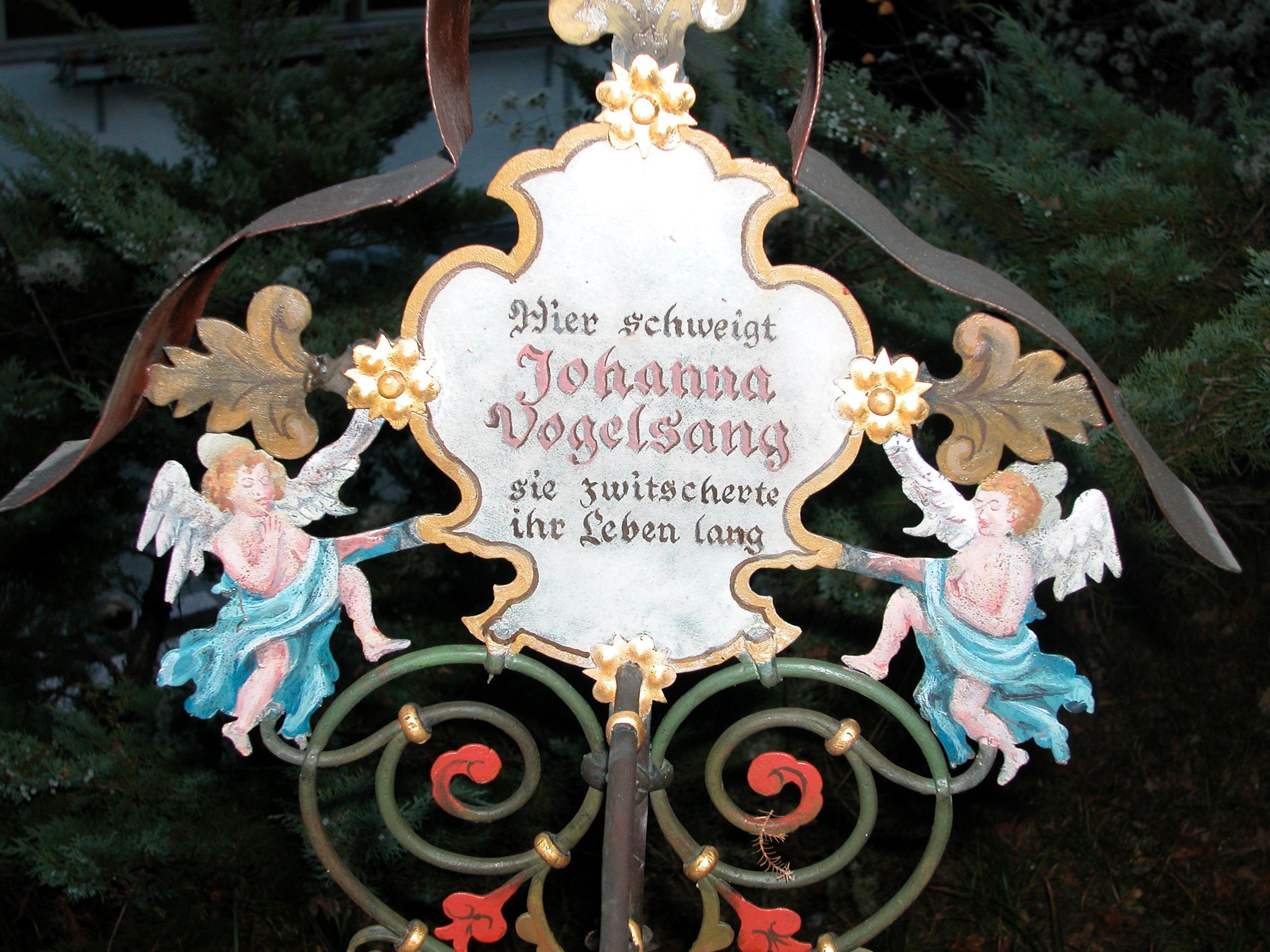
On the banks of the Hundstalsee, a small mountain lake above the Inzinger Alm, Heinz Triendl and Robert Tribus have built a temple from the surrounding stones, without any binding agents. It is dedicated to Apollo, the god of the arts from Greek mythology. It was built illegally. Despite this, the two Tyrolean artists managed to keep on building. The temple took a total of 22 years to build. Fortunately, the building has now been recognised as a work of art and is officially allowed to stand there. It has become a favourite place for pilgrims from all over the world.
Some time ago, a mouse was discovered on the summit of the Grossglockner at an altitude of 3798 metres, and there is even a video circulating online with evidence. As the mouse is said to have been spotted several times, it was assumed that it had made the summit its home. No mouse has ever been seen at such heights in the Alps. Theoretically, however, it is possible. Snow mice can survive up to an altitude of 4,000 metres. Nevertheless, they only have a life expectancy of 18 months, which is why the "Glockner mouse" has probably died by now. It is not (yet) known whether the Glockner mouse has any offspring.
There are many tasty Tyrolean products, but I had never thought of prawns in this context before. Yet Tyrolean Alpine prawns, which are farmed in Hall in Tirol, are considered a real delicacy. With no chemical additives, no antibiotics and only the addition of high-quality sea salt, the Alpine pra wns thrive in the Tyrolean spring water. Who would have thought it!
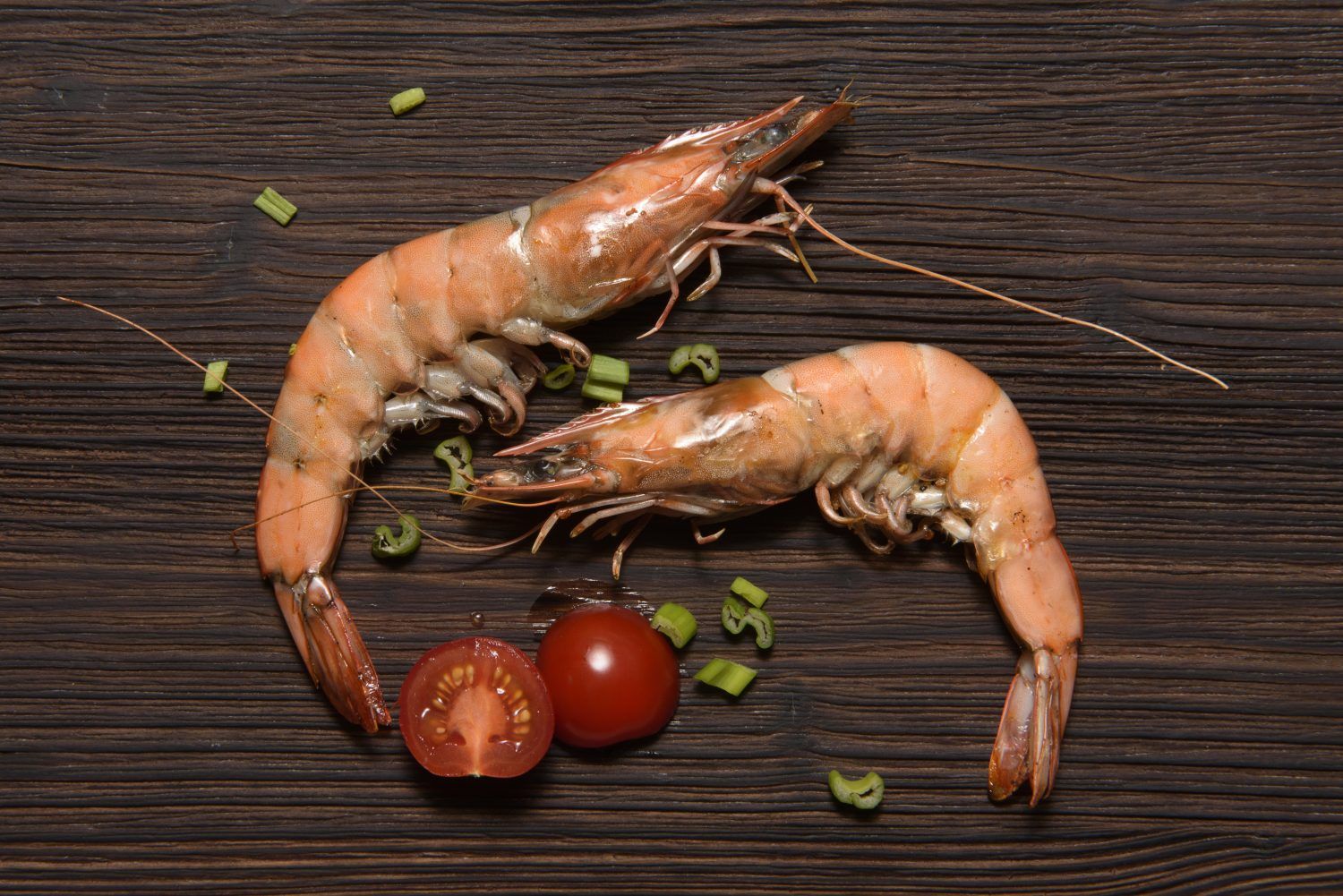
On the way to the Rosengarten Gorge in Imst, you pass some strange houses. Presumably for reasons of space, only half of the houses were built directly alongside a rock, and some also have underground rooms. The "Imster Bergl", as this rock in the centre of the town is called, is a remnant of a conglomerate of river gravel and is around 25,000 years old.
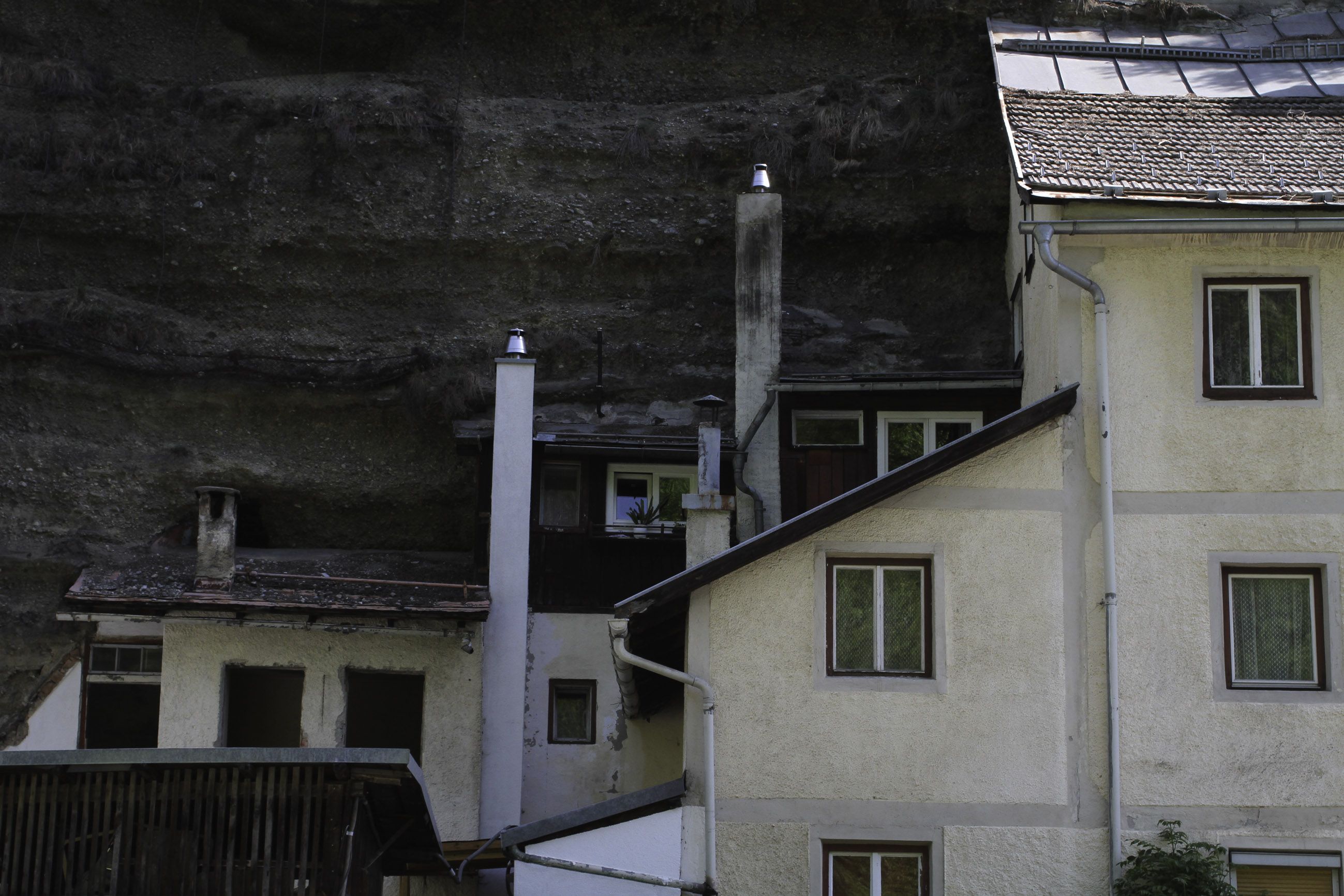
At least not as a pilot of an aeroplane. This requires additional training on a flight simulator and a familiarisation flight with a flight instructor. The reason for this, in addition to the special topography of Tyrol, is above all the often strong Föhn wind in Innsbruck, which requires special knowledge for the safe take-off and landing of aeroplanes.
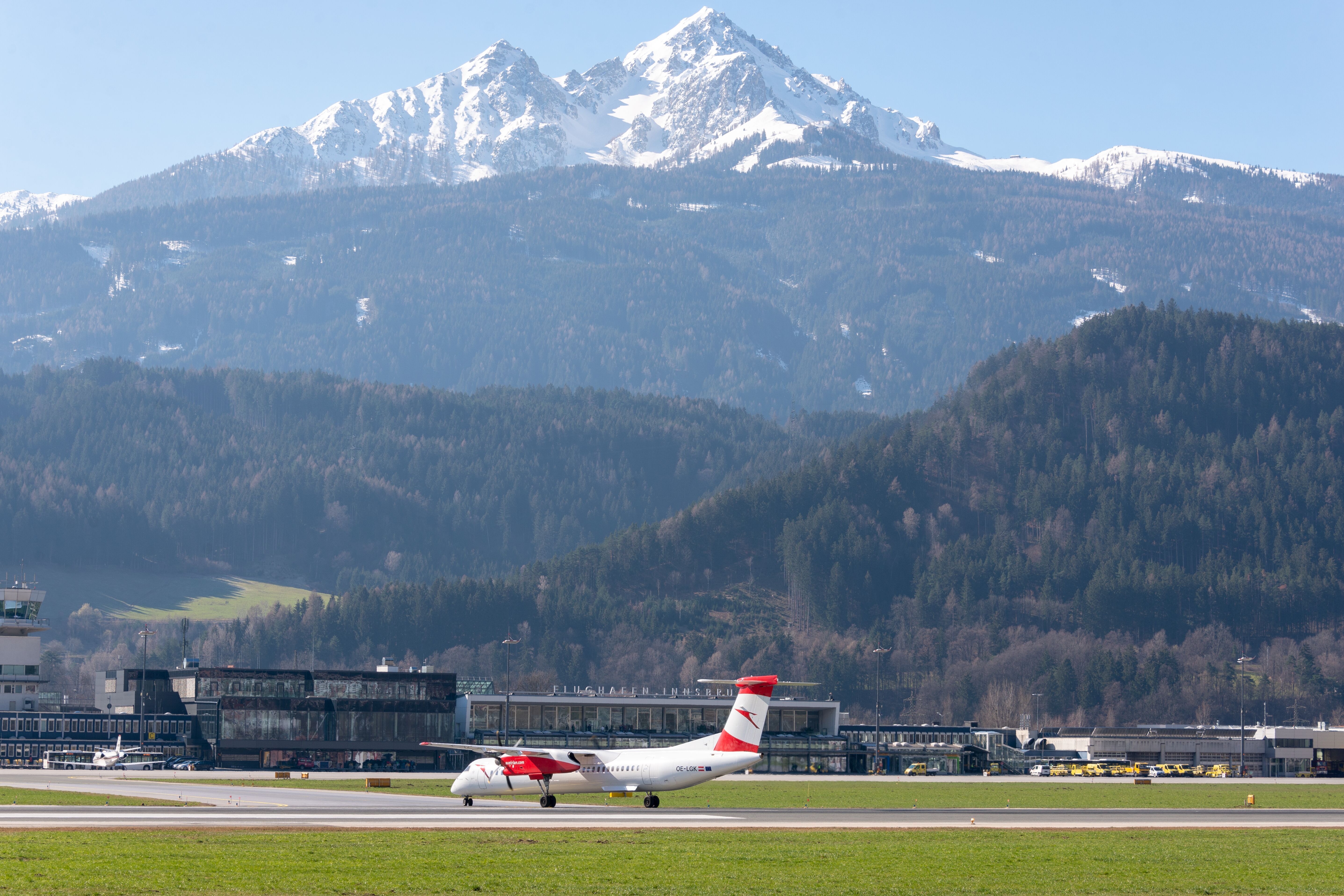
Swimming in Lottensee is a matter of luck. This intermittent mountain lake near Seefeld comes and goes as it pleases. It forms from underground meltwater. It probably depends on the amount of snow in winter whether the lake forms again in spring. It has not been proven. Perhaps it is simply capricious.
Archduke Ferdinand II collected pictures of extraordinary people in the 16th century. And so it came about that the only surviving portrait in the world of the voivode Vlad Tepes, better known as Count Dracula, is not in Romania, but in Innsbruck. Count Dracula was a Romanian ruler who punished criminals and enemies by staking them; the vampire was only attributed to him much later in a novel. The portrait has been in the possession of Ambras Castle (which, incidentally, is the oldest museum in the world) for 400 years and can be viewed there in the Chamber of Art and Curiosities.